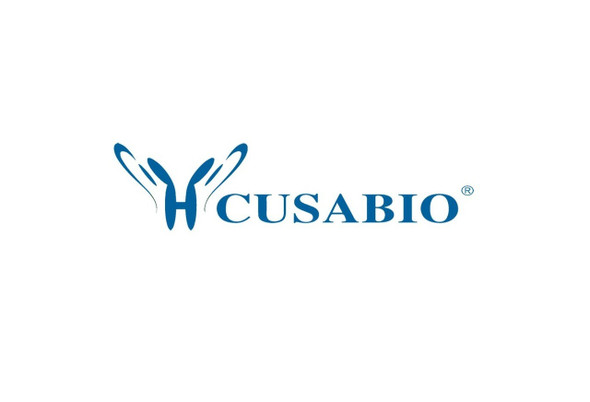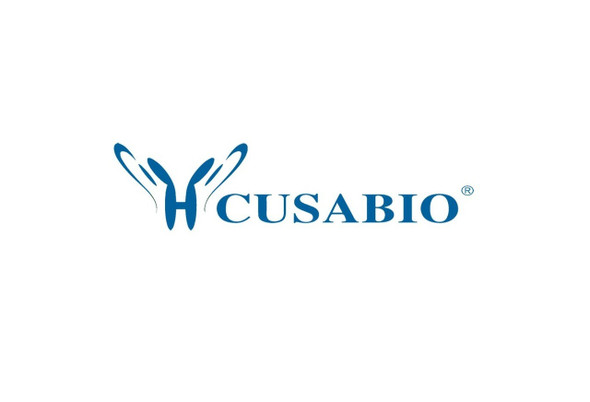Cusabio Escherichia coli Recombinants
Recombinant Escherichia coli Methyl-accepting chemotaxis protein I (tsr), partial | CSB-YP355908ENV
- SKU:
- CSB-YP355908ENV
- Availability:
- 25 - 35 Working Days
Description
Recombinant Escherichia coli Methyl-accepting chemotaxis protein I (tsr), partial | CSB-YP355908ENV | Cusabio
Alternative Name(s): Serine chemoreceptor protein
Gene Names: tsr
Research Areas: Others
Organism: Escherichia coli (strain K12)
AA Sequence: WFGIKASLVAPMNRLIDSIRHIAGGDLVKPIEVDGSNEMGQLAESLRHMQGELMRTVGDVRNGANAIYSGASEIATGNNDLSSRTEQQAASLEETAASMEQLTATVKQNAENARQASHLALSASETAQRGGKVVDNVVQTMRDISTSSQKIADIISVIDGIAFQTNILALNAAVEAARAGEQGRGFAVVAGEVRNLAQRSAQAAREIKSLIEDSVGKVDVGSTLVESAGETMAEIVSAVTRVTDIMGEIASASDEQSRGIDQVGLAVAEMDRVTQQNAALVEESAAAAAALEEQASRLTEAVAVFRIQQQQRETSAVVKTVTPAAPRKMAVADSEENWETF
Source: Yeast
Tag Info: N-terminal 6xHis-tagged
Expression Region: 211-551aa
Sequence Info: Cytoplasmic Domain
MW: 38 kDa
Purity: Greater than 90% as determined by SDS-PAGE.
Relevance: Receptor for the attractant L-serine and related amino acids. Is also responsible for chotaxis away from a wide range of repellents, including leucine, indole, and weak acids.Chotactic-signal transducers respond to changes in the concentration of attractants and repellents in the environment, transduce a signal from the outside to the inside of the cell, and facilitate sensory adaptation through the variation of the level of methylation. Attractants increase the level of methylation while repellents decrease the level of methylation, the methyl groups are added by the methyltransferase CheR and roved by the methylesterase CheB.
Reference: Escherichia coli proteome analysis using the gene-protein database.VanBogelen R.A., Abshire K.Z., Moldover B., Olson E.R., Neidhardt F.C.Electrophoresis 18:1243-1251(1997)
Storage: The shelf life is related to many factors, storage state, buffer ingredients, storage temperature and the stability of the protein itself. Generally, the shelf life of liquid form is 6 months at -20?/-80?. The shelf life of lyophilized form is 12 months at -20?/-80?.
Notes: Repeated freezing and thawing is not recommended. Store working aliquots at 4? for up to one week.
Function: Receptor for the attractant L-serine and related amino acids. Is also responsible for chemotaxis away from a wide range of repellents, including leucine, indole, and weak acids.; FUNCTION
Involvement in disease:
Subcellular Location: Cell inner membrane, Multi-pass membrane protein
Protein Families:
Tissue Specificity:
Paythway:
Form: Liquid or Lyophilized powder
Buffer: If the delivery form is liquid, the default storage buffer is Tris/PBS-based buffer, 5%-50% glycerol. If the delivery form is lyophilized powder, the buffer before lyophilization is Tris/PBS-based buffer, 6% Trehalose, pH 8.0.
Reconstitution: We recommend that this vial be briefly centrifuged prior to opening to bring the contents to the bottom. Please reconstitute protein in deionized sterile water to a concentration of 0.1-1.0 mg/mL.We recommend to add 5-50% of glycerol (final concentration) and aliquot for long-term storage at -20?/-80?. Our default final concentration of glycerol is 50%. Customers could use it as reference.
Uniprot ID: P02942
HGNC Database Link: N/A
UniGene Database Link: N/A
KEGG Database Link: KEGG
STRING Database Link: STRING
OMIM Database Link: N/A










